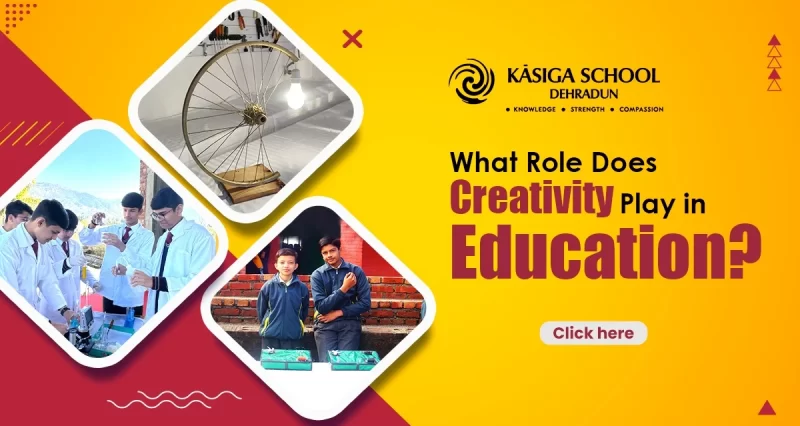Since the 21st century is marked by rapid change, teaching practices have also had to adapt. The focus is shifting away from rote memorizing and rigorous testing and is now moving towards encouraging students’ creativity. Because of this, the importance of creativity in education is becoming more widely recognized with educators and policymakers recognizing its role in developing innovation and critical thinking.
Owing to this very reason, today we are exploring the importance of creativity for students, its effects on education and how it might help students develop creative thinking.
Why Is Creativity Important for Students?
Improves Problem-Solving Skills
Creativity is required to solve problems effectively. When children are encouraged to think creatively, they learn to approach problems from a variety of perspectives which results in unique and inventive solutions. This expertise is useful in real-world circumstances because problems are frequently not one-dimensional.
Develops Critical Thinking
Critical thinking and creativity go hand in hand. Teachers who encourage creativity help students acquire critical thinking abilities. Thinking creatively entails assessing circumstances, drawing connections and considering other viewpoints in order to develop a more thorough and analytical perspective.
Prepares for the Unknown Future
The employment market is dynamic and the set of skills required for success is continually evolving. In such cases, students who are encouraged to think creatively are better equipped to face future uncertainty.
Promotes Self-Expression
Creativity allows pupils to express themselves uniquely which in turn allows for self-discovery and expression, promoting an identity based on distinctiveness.
This not only boosts their self-esteem but also makes them evaluate their own perspectives and ideas.
What Impact Does Creativity Have on Education?
Helps in Transitioning from Passive to Active Learning
Traditional education approaches usually use passive learning, in which pupils absorb knowledge without actively participating.
Creativity in education transforms this approach by encouraging active learning. Students participate actively in the learning process which allows them to better understand concepts.
Breaks Down Barriers
Creativity crosses disciplinary boundaries. It encourages students to make connections across different subjects which in turn promotes interdisciplinary thinking.
This not only broadens the learning process but also mirrors what happens in real life where the majority of complicated problems require a multidisciplinary approach.
Encourages a Growth Mindset
Creativity promotes a growth mentality in which pupils think they can develop their skills through perseverance and hard effort. This mentality is essential for dealing with adversity, seizing learning opportunities and persevering in the face of failure.
Helps in Valuing Different Perspectives
Creativity in education acknowledges the diversity of thought. In a creative educational atmosphere, pupils are more inclined to value and respect other points of view which in turn not only helps them develop human abilities but also contributes to the creation of a more inclusive and accepting society.
Final Thoughts
As education evolves to meet the challenges of the twenty-first century, creativity emerges as a key to success. Thus to better prepare children for tomorrow’s problems, educators and governments must promote creativity and innovation in the curriculum.
That’s why at Kasiga CBSE Boarding School in Dehradun, we implement strategies like project-based learning while providing a supportive atmosphere; by doing so we believe that we are taking an essential step in determining the future of learning and cultivating a generation of inventive thinkers equipped to face the difficulties of today.


